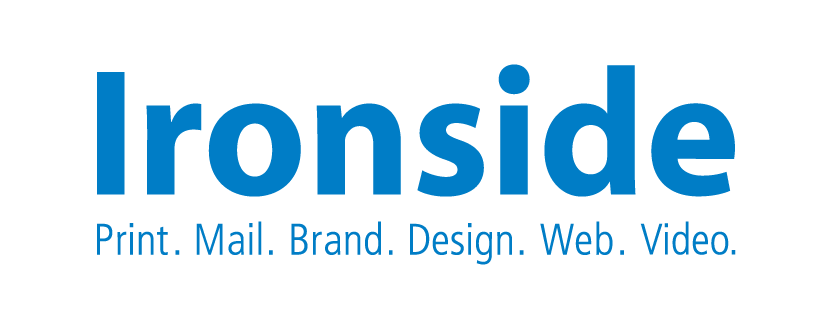Sign up for
marketing insights
Marketing is a process, not an activity.
Ok, full disclosure, a successful marketing effort is full of activities, but they are part of a much larger effort – each activity building on the one before, or below, or to the left or to the right.
I had a new client ask me the other day to create some ads for two publications they wanted to advertise in. Simple enough request, right? My first question was what did they want in the ads? Their response was not unusual, “Why don’t you put some stuff together and we will take a look at it”.
Uh oh. Not good, not good at all.
I don’t know anything about this company. What is their competitive advantage in the market place? What potential customers should know about them? Who was their audience? Etc.?
For many companies, a process similar to this is not unusual. Each ad, post card, post, or brochure is a one-off activity. The deficiencies with this approach cannot be overstated. You do this once, you might just create an add that is ambiguous in message, do this enough times and you can create a brand that is schizophrenic.
How do you avoid this trap? The answer is probably simpler than you think. Plan, plan, plan and plan. If you are going to be running ads think about who you are going to be speaking to, what do you want them to know about you, what do you want them to think about you. While you’re at it, think about who your target audience should be for your product or service, is this publication the best way to reach them? (See defining your target).
In our full-service engagements, we try to break marketing into four major process steps, each building on the previous.
Stage 1 – Market Communications Planning
Ironside’s market communication planning identifies the targets and channels that best fit your business goals. A comprehensive MarCom plan, including frequency across each channel and budget, is developed and presented to the client.Stage 2 – Brand Messaging Development & Planning
The Ironside marketing team works closely with the client to identify or develop a brand value proposition integral to all upcoming campaigns. Also included in this step of the marketing process is the development of any tag lines, call to actions, and essential messaging and branding components for each channel and campaign.Stage 3 – Campaign Development & Design
The design team translates the previously developed brand components into perfectly polished finished pieces ready for delivery and presentation across marketing channels. Each piece is designed to integrate within the entire campaign using the best practices for the identified channel.Step 4 – Implementation & Management
Launch time! Campaign components are distributed according to the previously developed MarCom plan. Each channel is closely monitored and adjusted as needed to warrant the best results. Analytics are reviewed internally and shared with the client at regular intervals. The old adage “failing to plan, is planning to fail” is the perfect starting point to think about before you begin your next “marketing activity”. Need help coming up with a marketing plan? We’ve got you covered.More Insights


